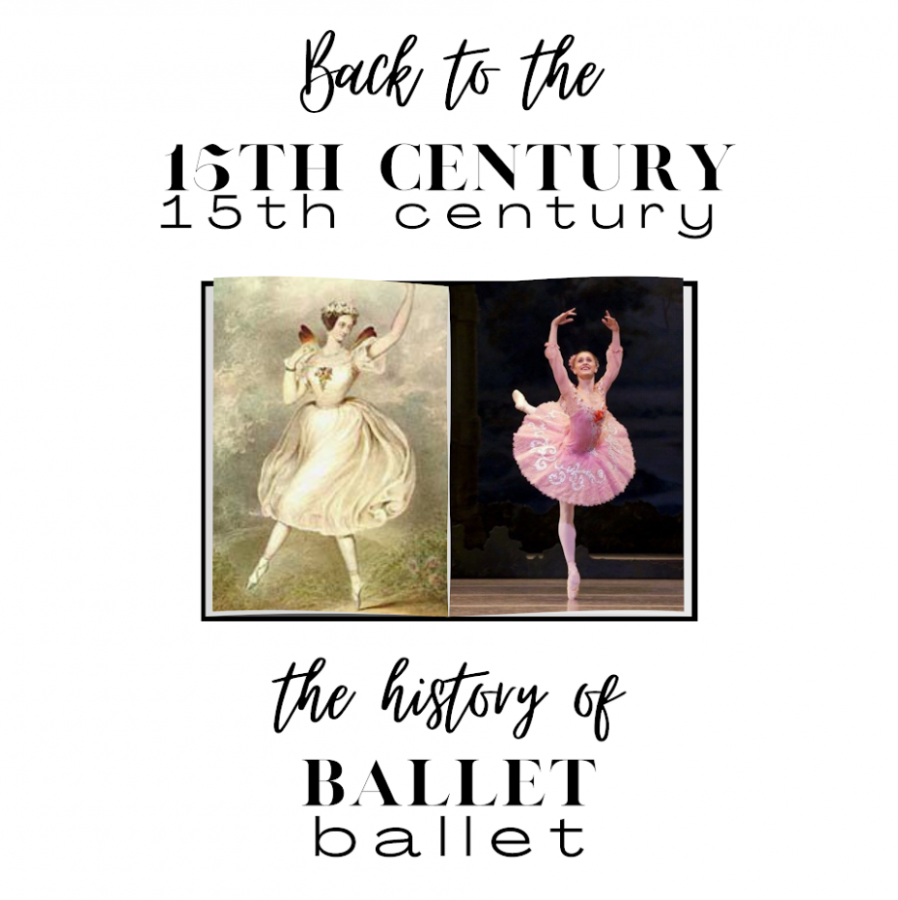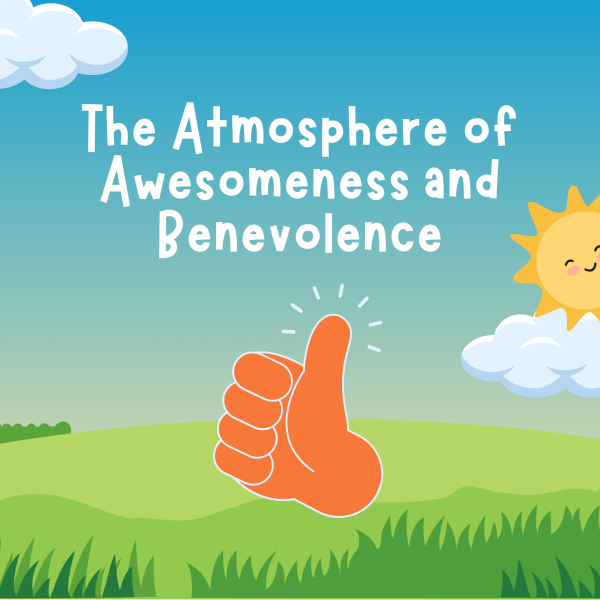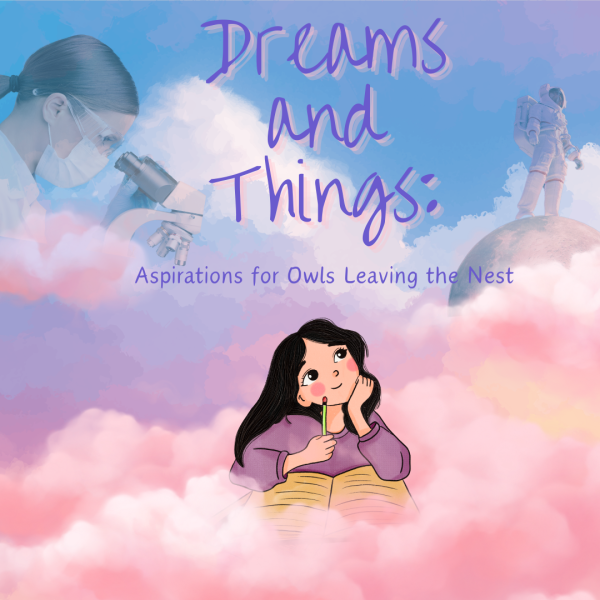BACK TO THE 15TH CENTURY
Tha History of Ballet
From the 15th century Italian renaissance to the 21st century with dancers on their toes, ballet has evolved quite a bit since the early ages of its origination. From heels to pointe shoes, long skirts to platter tutus, let’s take a dive into the history of this beautiful art form.
Early Beginnings
Ballet began in the renaissance courts of the 15th century, as women and noblemen were treated to luxurious & regal events. Dance masters taught their steps to nobility, and the court danced in performances. Around a century later, King Louis XIV developed a love for the art form and helped spread its popularity. He himself performed many roles including the sun in Ballet De La Nuit. In 1661, a dance school opened in Paris, and by 1681 ballet had migrated from the courts to the theater.
The Romantic Era
Early 19th-century classical ballets include Giselle and La Sylphide. The romantic movement influenced art, music, and ballet. Women were often portrayed as passive and fragile throughout their characters. Dancing from this era can often be seen as soft, wilting almost, and sweeping. Earlier in 1832, Marie Taglioni is credited as the first dancer to go on pointe. With satin slippers and darning on the tips, she had nowhere near the support dancers have nowadays. However, the audience was mesmerized by the floating effect it created; pointe shoes began developing into the product we know today. By the Romantic Era, dancing on pointe was the norm. Beginning with a full length skirt that hit a dancers ankles, the costumes were evolving just like the dancing as the romantic tutu was introduced. This calf length tulle skirt showed more of the ladies’ legs and ankles than had been seen on stage before.
The Classical Era
Towards the end of the 19th century, the classical era of ballet began. Famous shows such as Swan Lake, Sleeping Beauty, and Marius Pepita’s The Nutcracker originated in this time period. These performances were elaborate and spectacular, lasting an entire evening and captivating the audience. During this era, classical tutus were developed as well. Shortening the skirt until it was stiff and straight out from the dancers hips, these are often known as platter tutus.
Present Day
Ballet today is much more athletic than the days when it first began. The audience expects to see pointe shoes and glittering tutus, and are mesmerized by multiple turns and flying leaps. Ballet now has several training methods, some of the well known ones being Balanchine, French School, Bournonville, Royal Academy of Dance, Vaganova, and Cecchetti. George Balanchine introduced neo-classical ballet, a contemporary spin on the classical dance. He is also credited with the creation of “plotless” ballets, meaning there is no storyline for the audience to try and follow.
From courts to theaters, long skirts to short platters, and satin slippers to pointe shoes, ballet has evolved over the generations to become the beautiful and athletic art form we know and love today.
Sources:
https://www.pbt.org/learn-and-engage/resources-audience-members/ballet-101/brief-history-ballet/
https://www.pointemagazine.com/history-of-pointe-shoes-2646384074.html?rebelltitem=2#rebelltitem2

Hi! My name is Susannah and I’m a sophomore at iUP. This is my first year with the school, and my first year on iHoot, but my third year writing for...







